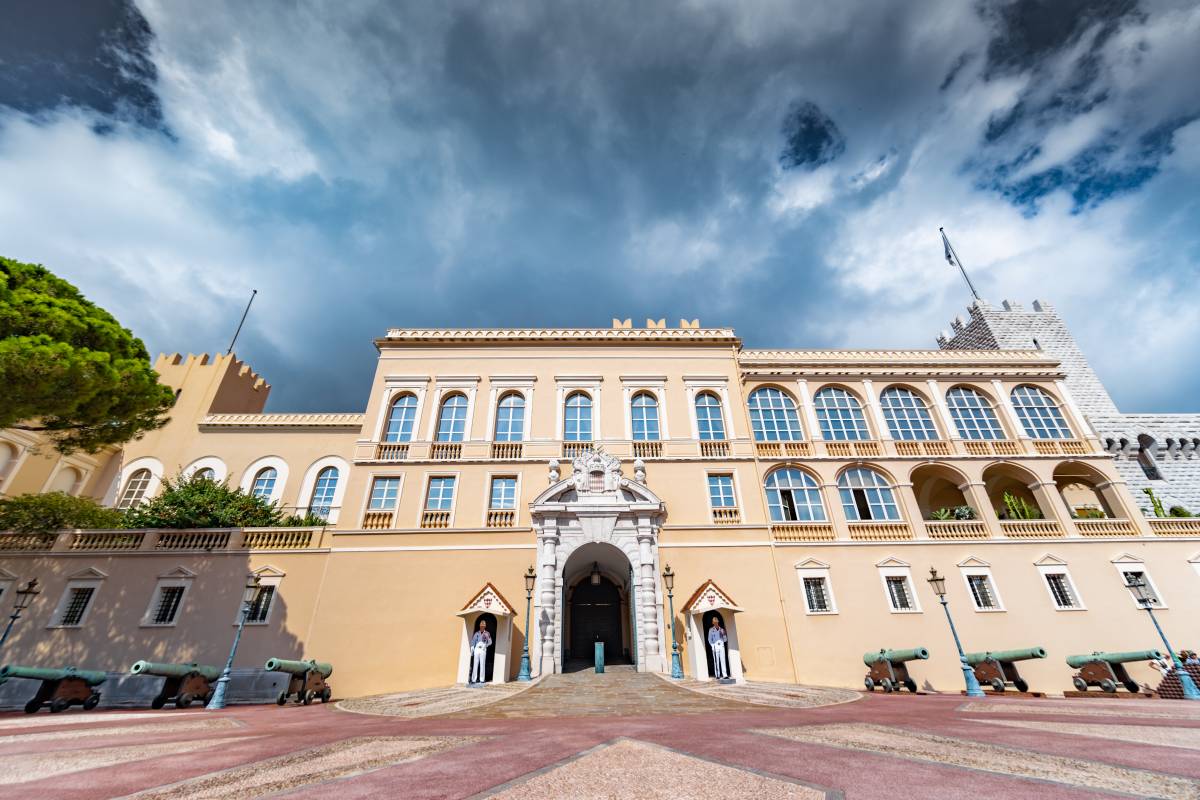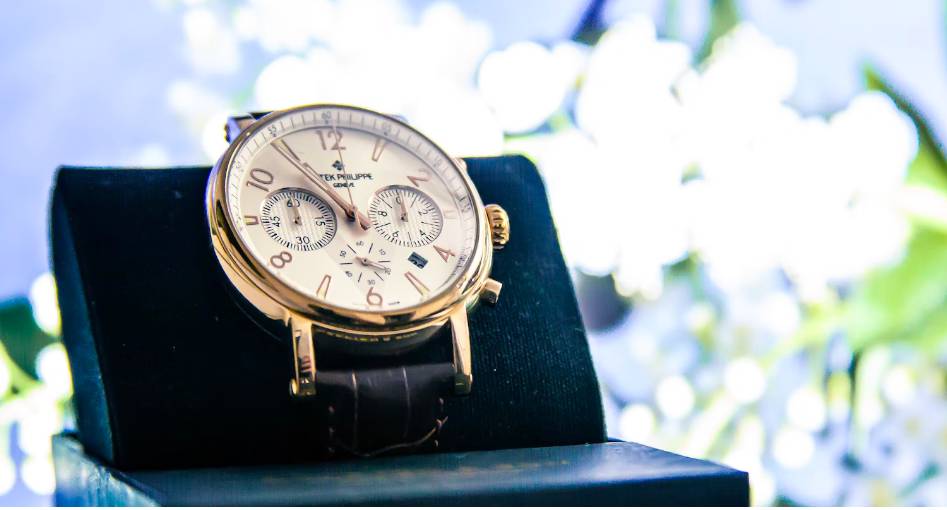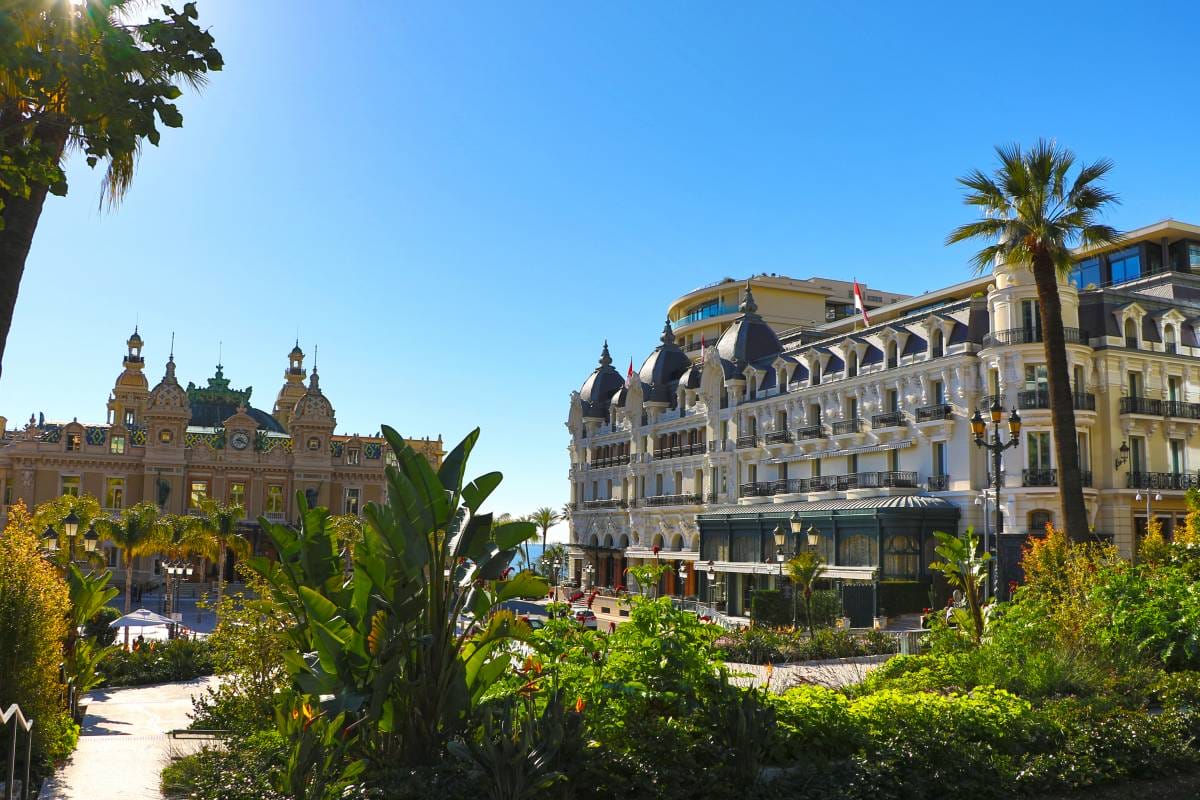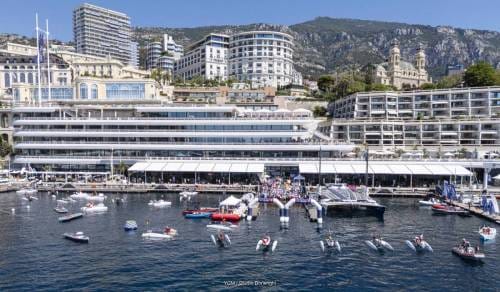In the glamorous streets of Monaco, luxury is not just a lifestyle, but a tradition. A tradition where the fusion of old-world charm meets modern opulence. One such symbol is the ubiquitous Swiss watch adorning the wrists of the Monégasque elite. From royals to racing enthusiasts, these watches stand not just as instruments of time but as chronicles of prestige and craftsmanship.
As we delve deeper into this relationship, we uncover the passion, precision, and the unparalleled allure of Swiss watches that make them the uncontested choice for the discerning Monégasque.
Historical Connections
In the heart of Europe, Switzerland’s watchmaking prowess started in the 16th century. Craftsmen from Geneva and the Jura Mountains honed their skills, creating timepieces that were not just functional, but works of art. Meanwhile, the Monégasque royalty was on the lookout for objects that symbolized status and prestige, soon became patrons of these horological masterpieces.
As trade routes expanded and European courts interacted more frequently, the demand for Swiss watches grew in the palaces of Monaco and under its influence also among the non-aristocratic elite.
- The Swiss watches were not just instruments to tell time; they became emblematic of a person’s status, wealth, and taste.
Over the years, as Monaco became a playground for the rich and famous, the bond with Swiss watches only deepened. Festive occasions, royal events, or even diplomatic meetings were seldom seen without the glint of a meticulously crafted Swiss watch, bearing testimony to a relationship built over centuries.
Today, the historical connect between Monaco and Swiss watches remains untouched and Swiss watches are still the most seen timepieces on the wrist of visitors and residents.
- Both luxurious and more affordable models can be found among the swiss watches on chrono24.co.uk for those who want to join this trend.
What Sets Swiss Watches Apart?
In the realm of horology, Swiss watches hold an unparalleled position, often considered the zenith of timepiece craftsmanship. The biggest watch brands in the world either started in Switzerland or have moved their manufactures there over the years, so they can gain the descriptor ‘Swiss Made’. But what gives Swiss watches this unrivaled prestige?
Why Are the Top Watch Manufacturers Located in Switzerland?
The prominence of Switzerland as the epicenter of luxury watchmaking is the result of historical, socio-economic, and geographical factors. Here’s why the top luxury watch brands are predominantly located in Switzerland:
- Historical Beginnings
The origins of Swiss watchmaking can be traced back to the 16th century. The Protestant Reformation, particularly in Geneva, played a surprising role. When John Calvin banned wearing jewelry as a form of ostentation, goldsmiths and jewelers had to adapt. Many turned their skills to watchmaking, viewing timepieces not merely as jewelry but as practical tools. In turn, the watches they created automatically had a highly decorative and luxurious nature.
2. Innovation and Craftsmanship
Swiss watchmakers consistently prioritized innovation. From introducing the first quartz watch to pioneering waterproofing techniques, Switzerland has always been at the forefront of horological advancements.
3. High Standards of Training
Swiss watchmaking is rigorous and precise, with apprenticeships and training programs ensuring skills are meticulously honed. The country has institutions dedicated to horological education, ensuring a steady stream of skilled watchmakers.
4. Reputation and Branding
Over the centuries, the “Swiss Made” label became synonymous with quality, precision, and luxury in watchmaking. This reputation was meticulously built and has been maintained through strict standards and regulations.
5. Economic Cluster Effect
As the industry grew, suppliers, artisans, and specialists set up shop close to watch manufacturers. This cluster effect meant that watch brands had easy access to the best materials, tools, and expertise, all located within a small geographical area.
In conclusion, Switzerland’s rise as the hub of luxury watchmaking was not accidental. It was a confluence of historical events, geographical factors, a commitment to innovation and quality, and strategic decisions that cemented its position in the global watch industry.
Conclusion
The romance between the dazzling streets of Monaco and the precision of Swiss watches is not just a fleeting affair of luxury. It’s a testament to the timeless allure of Swiss craftsmanship, steeped in history and perfected over centuries. As the world evolves and timepieces transform with technology, the “Swiss Made” emblem remains an unwavering symbol of prestige, quality, and an art form that transcends mere functionality.
For those who tread the opulent streets of Monaco or wish to experience a slice of its grandeur, donning a Swiss watch is more than a style statement; it’s an embrace of a prestigious legacy.









